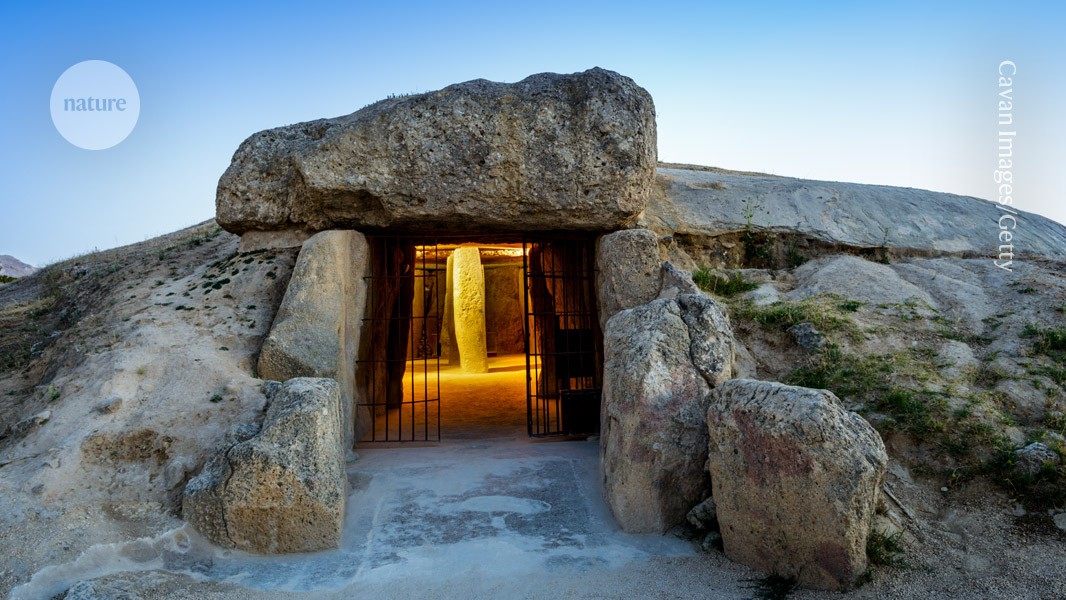- cross-posted to:
- archaeology
- cross-posted to:
- archaeology
The Neolithic farmers and herders who built a massive stone chamber in southern Spain nearly 6,000 years ago possessed a good rudimentary grasp of physics, geometry, geology and architectural principles, finds a detailed study of the site.
Using data from a high-resolution laser scan, as well as unpublished photos and diagrams from earlier excavations, archaeologists pieced together a probable construction process for the monument known as the Dolmen of Menga. Their findings, published on 23 August in Science Advances, reveal new insights into the structure and its Neolithic builders’ technical abilities.
“These people had no blueprints to work with, nor, as far as we know, any previous experience at building something like this,” says study co-author Leonardo García Sanjuán, an archaeologist at the University of Seville in Spain. “And yet, they understood how to fit together huge blocks of stone” with “a precision that would keep the monument intact for nearly 6,000 years”.
They absolutely would have had prior experience if fhe process is complex. Humans tend to have bursts of developing new techniques sprinkled around, but a complex structure would be rhe result of combining existing knowledge in a new way with a few new techniques. They wouldn’t figure a bunch of things out at the same time and build something to last thousands of years. They probably built similar structures that didn’t hold up as well first and learned from it.
Yup. We don’t have evidence of them building predecessor sites because they didn’t hold up.
Or they tore them down and built newer version with better techniques!
Nope. It was aliens.
Interesting read, thanks for posting.
You’re welcome.





